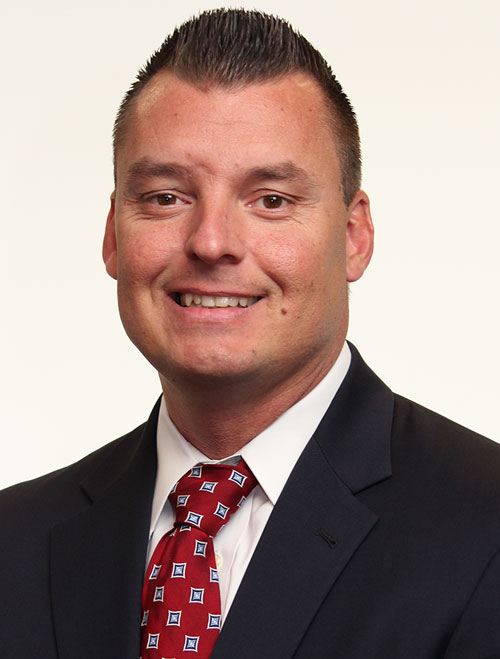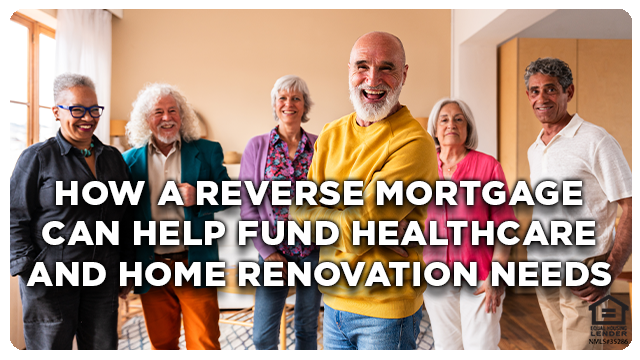
How a Reverse Mortgage Can Help Fund Healthcare and Home Renovation Needs

Reverse mortgages offer a way for older homeowners to access the equity in their homes, providing essential funds for medical expenses and necessary accessibility renovations.
Let’s explore what a reverse mortgage is, how it can help cover medical costs, and how it can facilitate home renovations to create safer, more accessible living spaces.
What is a Reverse Mortgage?
A reverse mortgage is a financial product designed for homeowners aged 62 and older, allowing them to convert a portion of their home equity into cash without having to sell their home or make monthly mortgage payments.
Instead of the homeowner making payments to the lender, the lender pays the homeowner, providing funds that can be received as a lump sum, monthly installments, a line of credit, or a combination of these options.
Reverse mortgages are backed by the government and specifically designed to help seniors remain in their homes while enjoying a more secure retirement. This unique financial tool not only taps into the equity built up over years of homeownership but also alleviates the burden of monthly mortgage payments. Importantly, repayment is not required until the homeowner moves out, sells the home, or passes away.
All homeowners listed on the deed must undergo counseling sessions approved by the U.S. Department of Housing and Urban Development (HUD). These sessions ensure that clients fully understand the financial implications and responsibilities that come with a reverse mortgage.
Protect Your Health and Wealth With a Reverse Mortgage
With the rising costs of healthcare, having reliable access to funding can make a significant difference. Here are some ways reverse mortgage funds can be utilized to safeguard your health and wealth:
Paying for Long-Term Care Insurance: Use funds to cover premiums for long-term care insurance, ensuring you have coverage before care is needed.
Funding Nursing Home Deposits: If one spouse requires care while the other remains at home, reverse mortgage funds can help cover the upfront costs of a nursing home.
Self-Funding Care: Access funds to hire an in-home care nurse during recovery from an illness or injury, allowing for a smoother healing process.
Covering Medical Expenses: Use the equity to manage unexpected medical bills that can quickly add up and strain financial resources.
Using a Reverse Mortgage to Make Your Home More Accessible
A reverse mortgage can also be used for home renovations, making it a valuable tool for improving accessibility and safety. Homeowners can invest in projects that enhance their living space, enabling them to age in place comfortably:
Upgrading Kitchens and Bathrooms: Ensuring these essential areas are user-friendly for seniors can make a significant difference in daily living.
Making Homes More Accessible: Simple changes like installing grab bars, ramps, or wider doorways can enhance mobility and reduce the risk of falls.
Choosing renovations that add both value and functionality can enhance the homeowner's quality of life while potentially increasing the resale value of the property.
Closing Thoughts
Retirement planning is not a one-size-fits-all process. Weunderstand that each individual has unique needs, and a reverse mortgage could be a key component of your comprehensive retirement plan.
And with over 11,000 people turning 65 each day, the demand for innovative retirement solutions is greater than ever.
We are committed to our "Customer for Life" philosophy. We strive to enhance your financial options during retirement, providing you with the resources to navigate your golden years with confidence. If you’re considering a reverse mortgage, reach out to us to explore how it can fit into your retirement strategy.